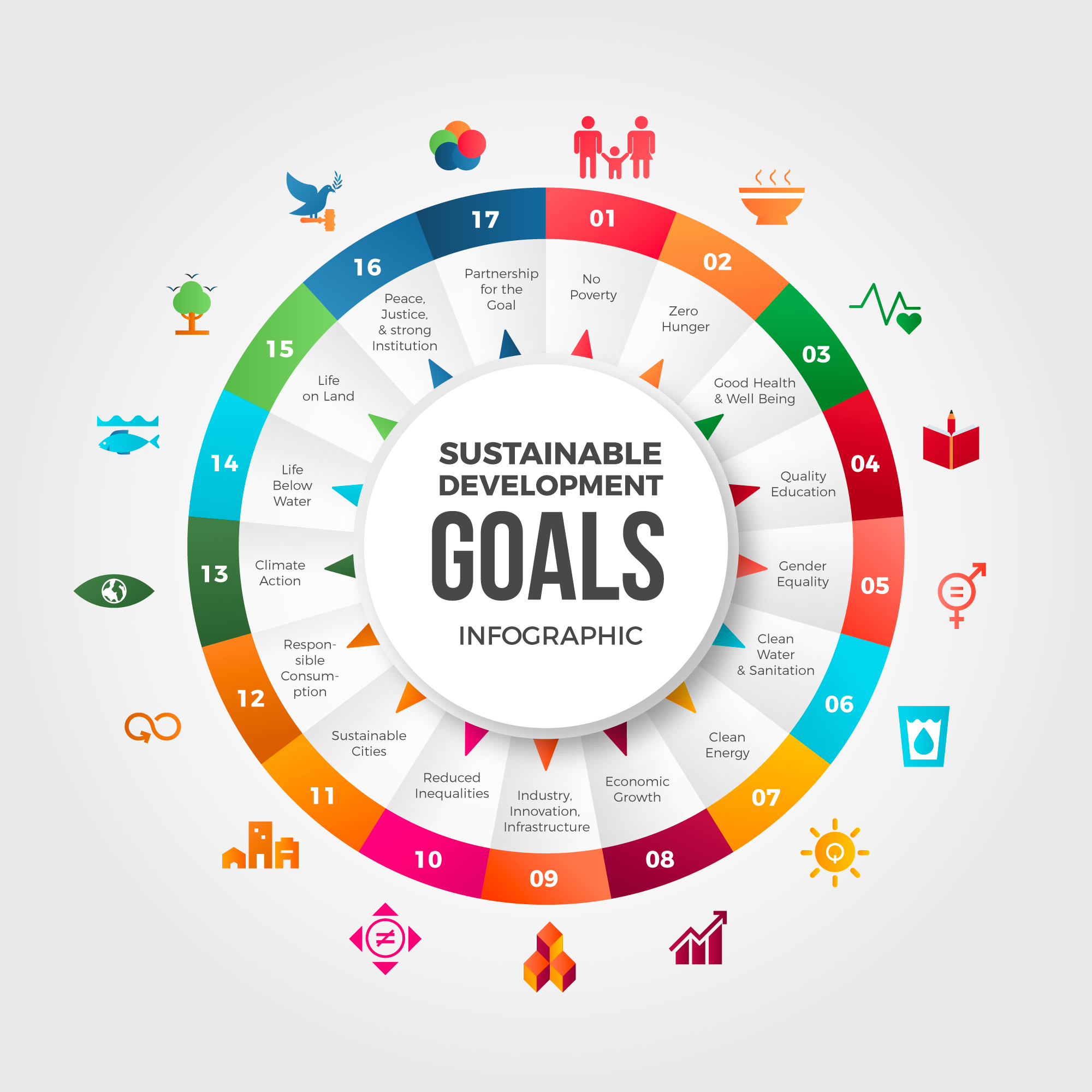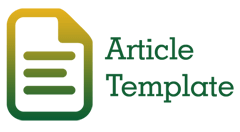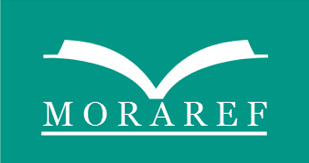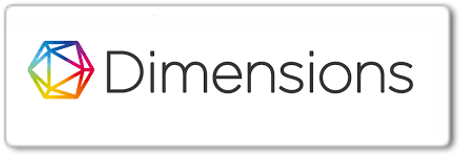The Role of Digital Media as A Technological Innovation in Improving the Quality of Learning
DOI:
https://doi.org/10.34125/jerit.v2i2.34Keywords:
Digital Media, Islamic Religious Education, Students, Digital LiteracyAbstract
The development of information technology in the industrial revolution 4.0 era has significantly transformed Islamic religious education in higher education. Digital media has become a new ecosystem that enables students to access Islamic knowledge widely, interactively, and flexibly, while also enhancing their motivation and religious insight. This is where the role of digital media integration in education becomes crucial, not merely introducing technology but also guiding students to use digital media wisely and proportionally to deepen their religious understanding This study employed a descriptive qualitative approach with Islamic Education students selected through purposive sampling, using interviews, observations, and documentation analyzed through Miles & Huberman’s model with triangulation for validity. The findings indicate that integrating digital media positively contributes to students’ religious understanding, although challenges remain, such as low digital literacy, the spread of unverified content, lecturers, limited technological skills, and the risk of digital distraction. Therefore, the role of lecturers and institutions is crucial in providing guidance, curating reliable content, and strengthening digital literacy so that digital media integration becomes an effective strategy to bridge Islamic values with the needs of the modern generation.
Downloads
References
Arifin, Z., & Hidayah, N. (2021). Technology Access Gap and Digital Learning Challenges in Higher Education.Journal of Education and Technology, 21(1), 55–72. https://doi.org/10.21831/jpt.v21i1.9123
Barri, M. A. F., Ramadhan, F. H., Putra, M. A., Satresna, D., & Fajrussalam, H. (2025). The Phenomenon of Digital Islamic Content Consumption Among College Students: A Systematic Literature Review.Da'wah Journal: Pioneering Message, Continuing Da'wah, 8(1), 129–138. https://doi.org/10.38214/jurnaldawahstidnatsir.v8i1.332
Fadhilah, N., & Santoso, A. (2022). Digital Media and Understanding Diverse Perspectives in Islamic Studies Among Students.Journal of Islamic Studies and Education, 10(2), 145–162. https://doi.org/10.24252/jsip.v10i2.4789
Fadli, A., & Nurhayati, S. (2022). Digital Literacy and Challenges to Students' Religious Understanding in the Social Media Era.Journal of Islamic Education, 11(2), 145–162. https://doi.org/10.24042/jpi.v11i2.9876
Fedi, S. R. (2023). The Effectiveness of Interactive Multimedia in Islamic Religious Learning.Pelita Nusantara Journal, 1(3), 309–318. https://doi.org/10.59996/jurnalpelitanusantara.v1i3.265
Hakim, L., & Rahmawati, D. (2023). The Impact of Digital Media Integration on Students' Religious Understanding.Journal of Contemporary Islamic Education, 7(1), 55–72. https://doi.org/10.24256/jpic.v7i1.6123
Hidayat, M., & Lestari, D. P. (2023). Digital Content Project in Islamic Religious Learning: A Strategy to Improve Students' Religious Literacy.Journal of Islamic Education Innovation, 14(1), 55–72. https://doi.org/10.21009/jipi.v14i1.3345
Hidayat, R., & Lestari, D. (2021). Digital Edutainment and Students' Motivation to Learn Islamic Religion.Journal of Islamic Educational Technology, 9(1), 55–72. https://doi.org/10.21043/jtpi.v9i1.4210
Hidayat, R., & Nurdin, A. (2021). Digital Literacy and Strengthening Religious Moderation in College Students in the Social Media Era.Journal of Islamic Education, 10(2), 201–220. https://doi.org/10.24042/jpi.v10i2.8732
Hidayatullah, R. R., Kamali, M. F., & T,. N. A. (2024). Innovative Dakwah Strategies Through Social Media: Case Study of Islamic Communication Approaches in Indonesia. INJIES: Journal of Islamic Education Studies, 1(1), 16–27. https://doi.org/10.34125/injies.v1i1.3
Iskandar, M. Y., Nugraha, R. A., Halimahturrafiah, N., Amarullah, T. A. H., & Putra, D. A. (2024). Development of Android-Based Digital Pocketbook Learning Media in Pancasila and Citizenship Education Subjects For Class VIII SMP . JERIT: Journal of Educational Research and Innovation Technology, 1(2), 51–60. https://doi.org/10.34125/jerit.v1i2.13
Islam, I., & Ishaq, M. (2024). Development of Journalism Development Strategies in The Digital Era at Darul Mukhlasin High School. JERIT: Journal of Educational Research and Innovation Technology, 1(2), 71–79. https://doi.org/10.34125/jerit.v1i2.11
Ichsan, A. (2024). The Effectiveness of Using Digital Media in Islamic Religious Education Learning.Jurnal Al-Qayyimah, 7(2), [first page]-[last page]. https://doi.org/10.30863/aqym.v7i2.7451
Ilham, K., Mushab Umair, M., Destiano, A., & Ghiffari, M. (2024). Analysis of the Influence of TikTok Social Media on Spirituality in ITS Information Systems Students.Al-Ittishol: Journal of Islamic Communication and Broadcasting, 5(1), 1–12. https://doi.org/10.51339/ittishol.v5i1.1330
Ilham, M., Mujiyati, S., & Saefudin, A. (2023). The Effectiveness of Blended Learning in Educational Technology Learning for 4th Semester Students of the Islamic Religious Education Study Program.Ideguru: Journal of Teachers' Scientific Works, 9(1), 16–23. https://doi.org/10.51169/ideguru.v9i1.692
Latif, K. H., Kistoro, H. C., Muhliana, S. I., & Sari, P. R. (n.d.). The Effects of Social Media Use Intensity on Student’s Religious Knowledge in Yogyakarta. Al-Tadzkiyyah: Journal of Islamic Education, [fill in volume if any] ([issue number]), [first page]-[last page]. https://doi.org/10.24042/002023141420200
Luthfi, A. (2025). Technology Integration in Improving Learning Effectiveness in Islamic Religious Education in Higher Education.SAP (Educational Article Arrangement), 10(1), 27–33. https://doi.org/10.30998/sap.v10i1.4
Miles, M. B., & Huberman, A. M. (1994). Qualitative Data Analysis: An Expanded Sourcebook. Sage Publications.
Muzhaffar, J. (2025a). Maintaining the Authenticity of Islamic Teachings in the Integration of Digital Media in Islamic Religious Learning.Journal of Islamic Education and Technology, 5(2), 111–120.
Muzhaffar, J. (2025b). The Challenges of Digital Distraction and Addiction in the Integration of Digital Media in Islamic Religious Learning.Journal of Islamic Education and Technology, 5(2), 101–110.
Ma’sum, A. H., & Purnomo, M. S. (2024). Effective Communication Strategies for Private Schools to Address the Controversy of High-Paying Education. JERIT: Journal of Educational Research and Innovation Technology, 1(2), 103–111. https://doi.org/10.34125/jerit.v1i2.15
Mudijono, M., Halimahturrafiah, N., Muslikah, M., & Mutathahirin, M. (2025). Harmonization of Javanese Customs and Islamic Traditions in Clean Village. INJIES: Journal of Islamic Education Studies, 2(1), 10–18. https://doi.org/10.34125/injies.v2i1.15
Mahfudloh, R. I., Mardiyah, N., Mulyani, C. R., & Masuwd, M. A. (2024). Management Of Character Education in Madrasah (A Concept and Application). INJIES: Journal of Islamic Education Studies, 1(1), 35–47. https://doi.org/10.34125/injies.v1i1.5
Nugroho, T., & Wicaksono, S. (2024). Digital Media as a Learning Ecosystem in the Industrial Revolution 4.0 Era.Journal of Education and Technology, 5(1), 45–56. https://doi.org/10.1234/jpt.v5i1.6789
Nurhaliza, R., & Putra, H. A. (2025). Religious Digital Literacy: Students' Ability to Filter Religious Content in the Algorithm Era.AMS: Journal of Islamic Religious Studies, 1(1), 1–18. https://jurnal.asyafiiyah.ac.id/index.php/ams/article/view/5
Prasetyo, B., & Sutopo, W. (2019). Industrial Revolution 4.0 and the Challenges of Social Change.Journal of Social Humanities, 10(2), 120–130. https://doi.org/10.12962/j24433527.v10i2.5395
Putra, A. R., & Sari, N. A. (2023). Virtual Collaboration and Interactive Discussion in Islamic Religious Learning in the Digital Era.Journal of Islamic Education and Technology, 15(2), 145–160. https://doi.org/10.1234/jpit.v15i2.4567
Putra, P. A., Fakhruddin, & Indrawari, K. (2024). Efforts of Islamic Religious Education Lecturers in Preparing Students to Face Digital Challenges.Research Student Scientific Journal, 1(3), 45–59. https://doi.org/10.61722/jirs.v1i3.842
Rahmawati, D., & Kurniawan, B. (2021). Digital Competence of Islamic Religious Education Lecturers in E-Learning Implementation.Journal of Educational Technology, 23(2), 134–150. https://doi.org/10.21009/jtp.v23i2.22310
Ramdhani, A. F., & Nuraini, S. (2022). Integration of Digital Media in Islamic Religious Learning: Between Classical Values and Modern Challenges.Journal of Islamic Education and Technology, 10(2), 101–118. https://doi.org/10.21009/jpit.v10i2.4521
Social, W. A., & Hootsuite. (2024). Digital 2024 Indonesia Report. We Are Social / Hootsuite. https://datareportal.com/reports/digital-2024-indonesia
Syaifuddin, A., & Marlina, D. (2022). Challenges of Digital Literacy in Islamic Religious Education Learning in the Digital Era.Journal of Islamic Religious Education (JPAI), 19(1), 45–60. https://doi.org/10.14421/jpai.2022.191.04
Wiyono, M. (2025). Utilization of Digital Media in Islamic Religious Education Learning.Indonesian Journal of Islamic Education, 1(1), 1–7. https://doi.org/10.63477/jupendia.v1i1.203
Zainuddin, M., & Azizah, N. (2021). Digital Literacy and the Prevention of Religious Radicalism Among College Students.Journal of Islamic Education, 10(1), 75–92. https://doi.org/10.24042/jpi.v10i1.8123
Zuhri, S., Sakdiah, S. H., Faizah, F., Rahmatullah, A. T., Setyaning Pratiwi, E. A., & Dewi, M. S. (2024). Analysis of the Influence of Social Media and Digital Platforms on Understanding of Islam Among Generation Z.Relinesia: Journal of Indonesian Religious Studies and Multiculturalism, 3(2), 1–11. https://jurnal.anfa.co.id/index.php/relinesia/article/view/2088
Downloads
Published
How to Cite
Issue
Section
License
Copyright (c) 2025 JERIT: Journal of Educational Research and Innovation Technology

This work is licensed under a Creative Commons Attribution 4.0 International License.













